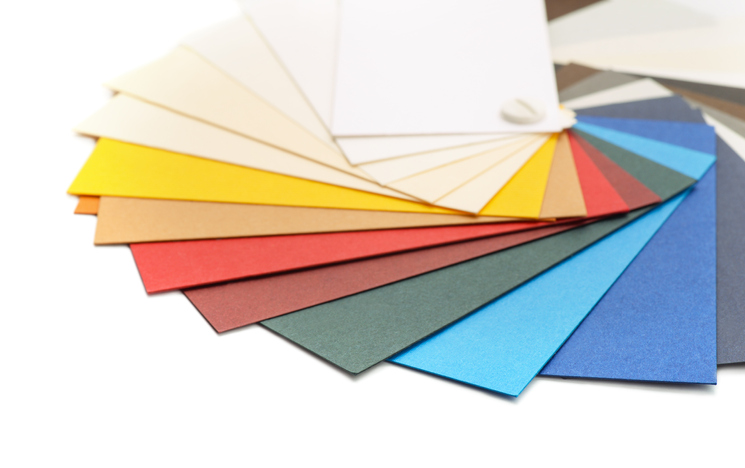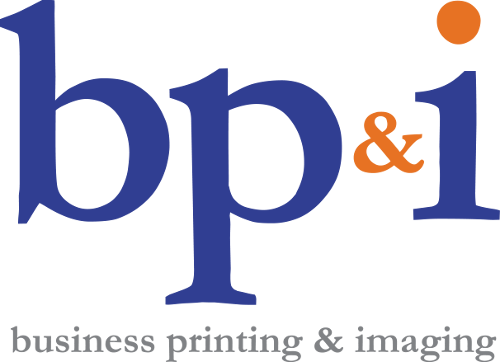
There’s nothing better than the feel of a well-constructed catalog, brochure, or invite.
After all, no one wants to be handed a pamphlet that crumples because the paper quality is not up to par. This is why choosing the right paper for your print marketing projects is more important than you might think.
Choosing Your Paper Type
There are many different kinds of paper to choose from for your print projects. These vary in composition, design, weight, and thickness.
Gloss vs. Matte
Choosing whether to use gloss or matte paper is one of the most common choices when picking out paper.
Gloss paper has an incredibly high shine that enhances color. Matte, on the other hand, has a muted surface that refracts light and reduces glare. It has a textured, soft feel compared to a gloss, which has a sleek and almost sticky feel.
Uncoated vs. Coated
If you’re looking to achieve enhanced colors and a matte or glossy finish, coated paper would be a paper choice for you.
Coated paper is also more resistant to everyday wear and tear, such as dirt and water that may come in contact with it. Uncoated paper is not as durable but is the perfect choice for items that may need to be written on. Some examples of projects that should use uncoated paper are brochures, envelopes, and letterheads.
Silk Coated
When thinking of silk paper, think more of a fabric feel rather than your traditional paper.
It’s more of a luxurious feel to touch. It’s somewhat between a matte and glossy finish. The colors will remain vibrant yet reduce shininess. Magazines and catalogs are the most common projects to use silk-coated paper for the inside text pages. These items are regularly picked up by individuals and quickly flipped through. These hands-on projects will be best suited with silk-coated paper.
Paper Weights
Paper comes in all types of weights that can seem like another language when deciding which is best to use for your printing project.
The weight of paper is determined by the weight of 500 sheets of a paper size in its uncut form. For example, an uncut sheet of bond paper is 17 x 22 inches before it’s cut to letter size. If a stack of 500 of these sheets weighs 20 lbs, then the paper is labeled “20 lb.”
Traditionally, paper weights are split into categories, including bond, book, cover, index, tag, and text paper. In each of these categories, there are varying weights that are available. If you’re looking for a heavier cover for a catalog, you might want to choose a 100-lb. cover rather than a 60-lb cover. Along with that, you may prefer lighter inside pages, so you may want to choose a 60-lb. text paper rather than 100-lb. text paper.
If you’d like to get a better idea of the touch and feel of the paper for your next printing project, ask us for paper samples today.
